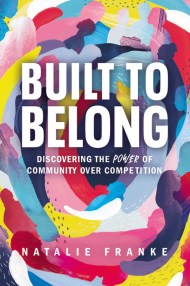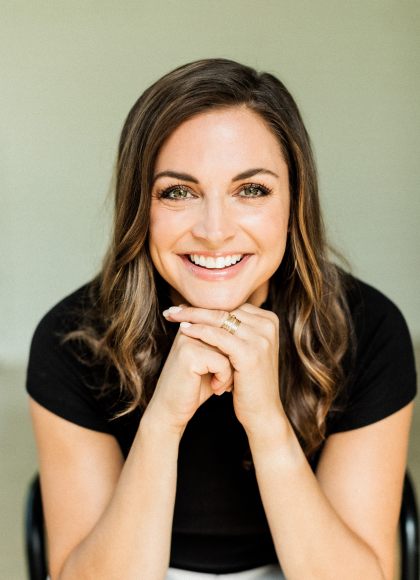Promotion
Use code BEST25 for 25% off storewide. Make sure to order by 11:59am, 12/12 for holiday delivery!
By clicking “Accept,” you agree to the use of cookies and similar technologies on your device as set forth in our Cookie Policy and our Privacy Policy. Please note that certain cookies are essential for this website to function properly and do not require user consent to be deployed.
You Don’t Have to Carry It All
Ditch the Mom Guilt and Find a Better Way Forward
Contributors
By Paula Faris
Formats and Prices
- On Sale
- Mar 7, 2023
- Page Count
- 256 pages
- Publisher
- Worthy Books
- ISBN-13
- 9781546003755
Price
$13.99Price
$17.99 CADFormat
Format:
- ebook $13.99 $17.99 CAD
- Hardcover $27.00 $34.00 CAD
- Audiobook Download (Unabridged) $24.99
This item is a preorder. Your payment method will be charged immediately, and the product is expected to ship on or around March 7, 2023. This date is subject to change due to shipping delays beyond our control.
Buy from Other Retailers:
Award-winning journalist and mom-of-three Paula Faris gives insightful and practical steps for better working, momming, and living to millions of overwhelmed working moms.
In Paula Faris's most important reporting yet, You Don't Have to Carry It All reveals a game plan that will not only make being a working mom "work" but will also reveal how and why society needs to value mothers first. Weaving together groundbreaking research with inspirational wisdom, she:
- recognizes the history of working moms in America and its lasting impact today,
- shows how motherhood has scientifically improved the minds and capabilities of women,
- encourages moms to link arms, not only with each other but also with men, and
- proves why corporate America is better with moms at the helm.
Newsletter Signup
By clicking ‘Sign Up,’ I acknowledge that I have read and agree to Hachette Book Group’s Privacy Policy and Terms of Use







